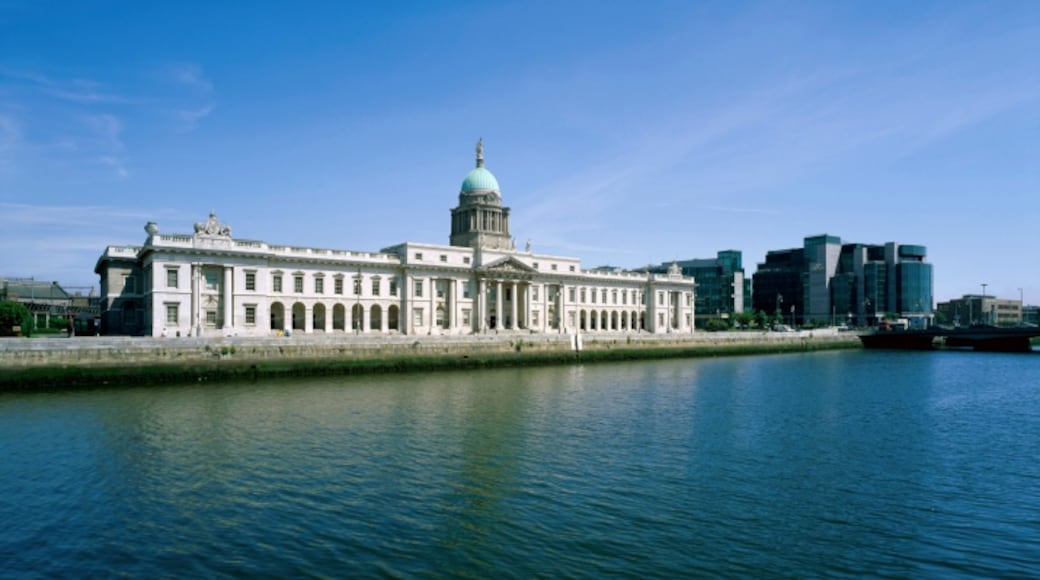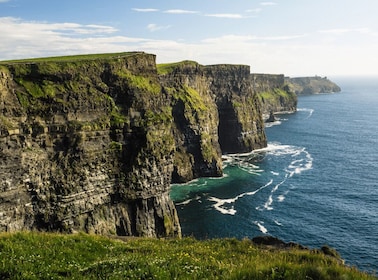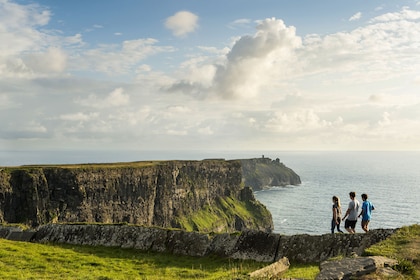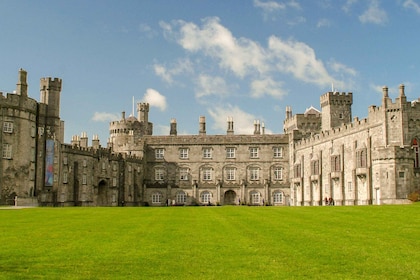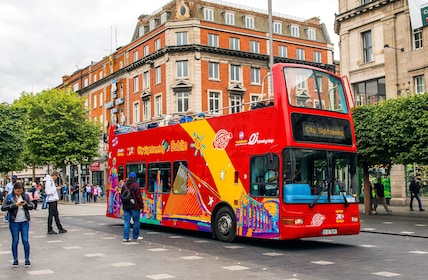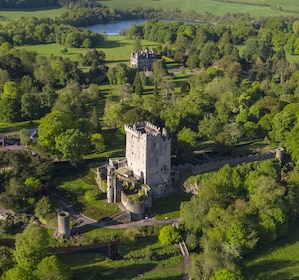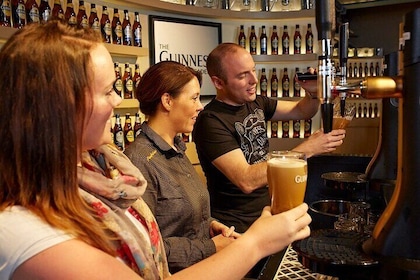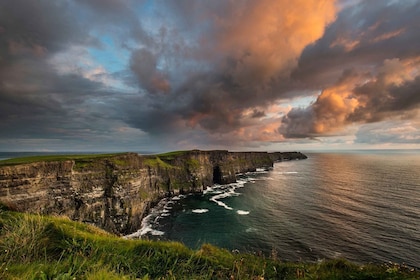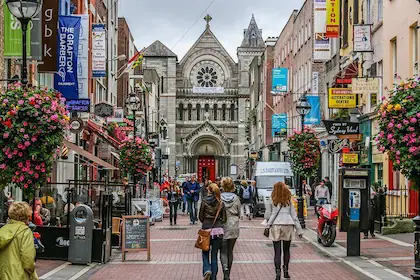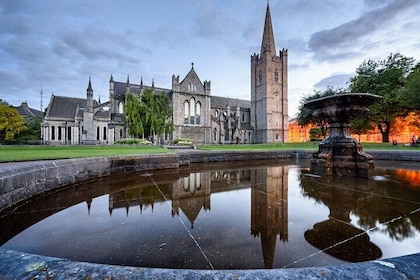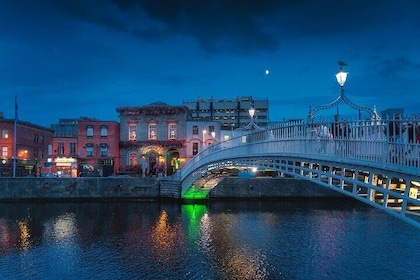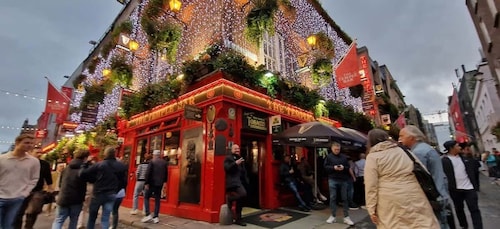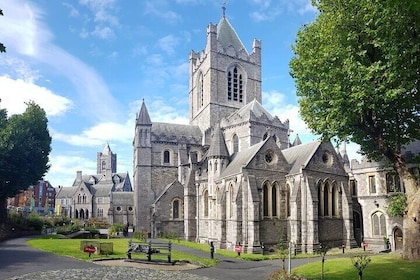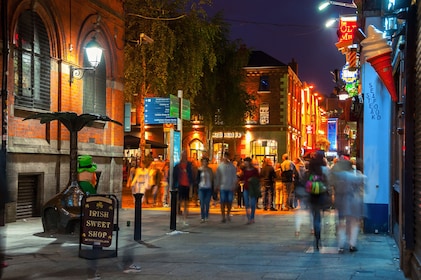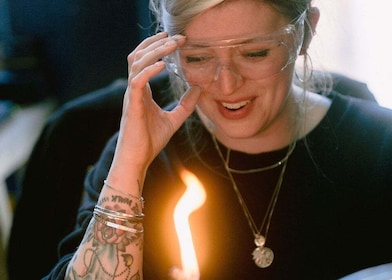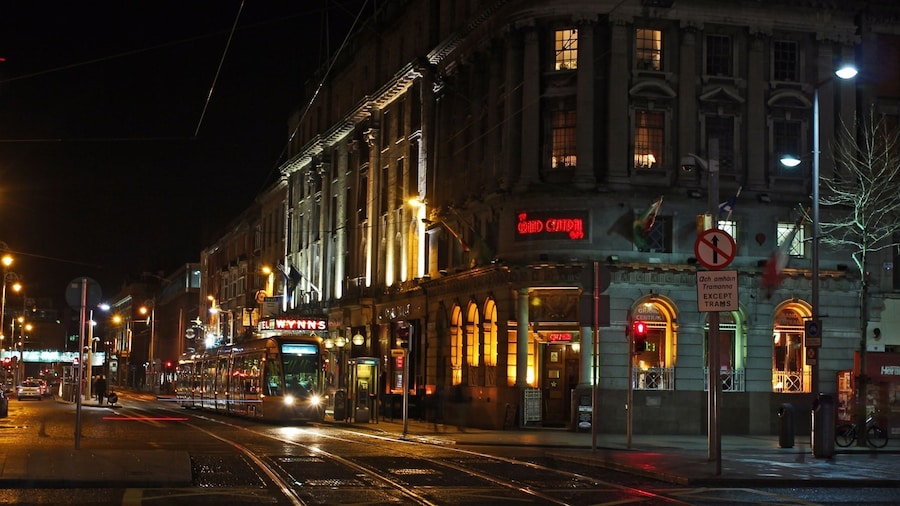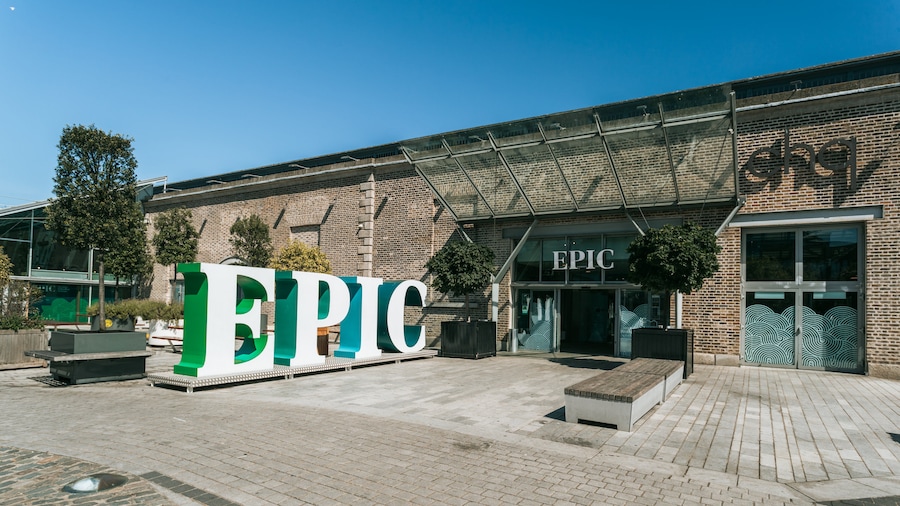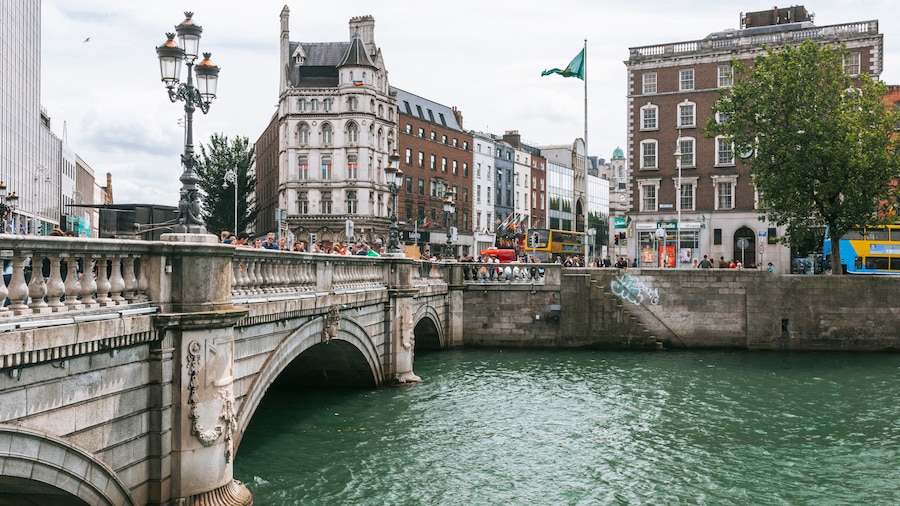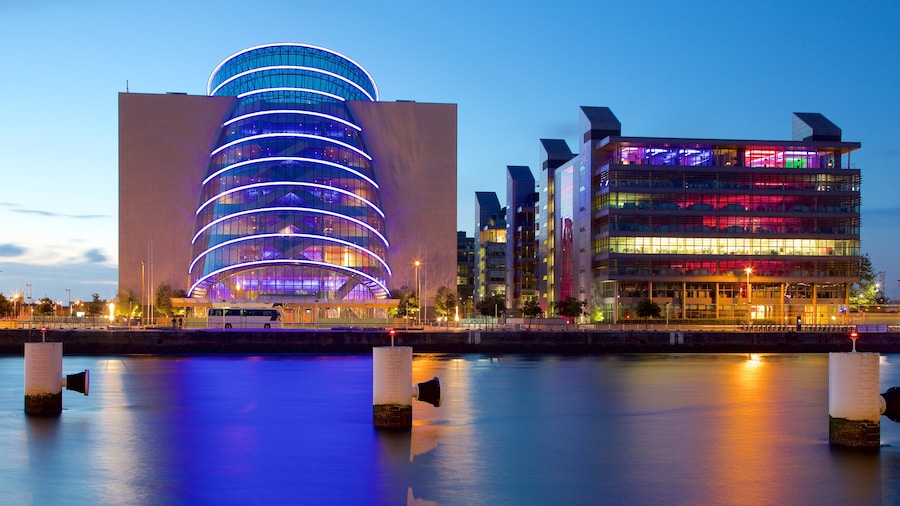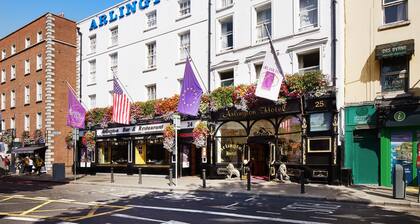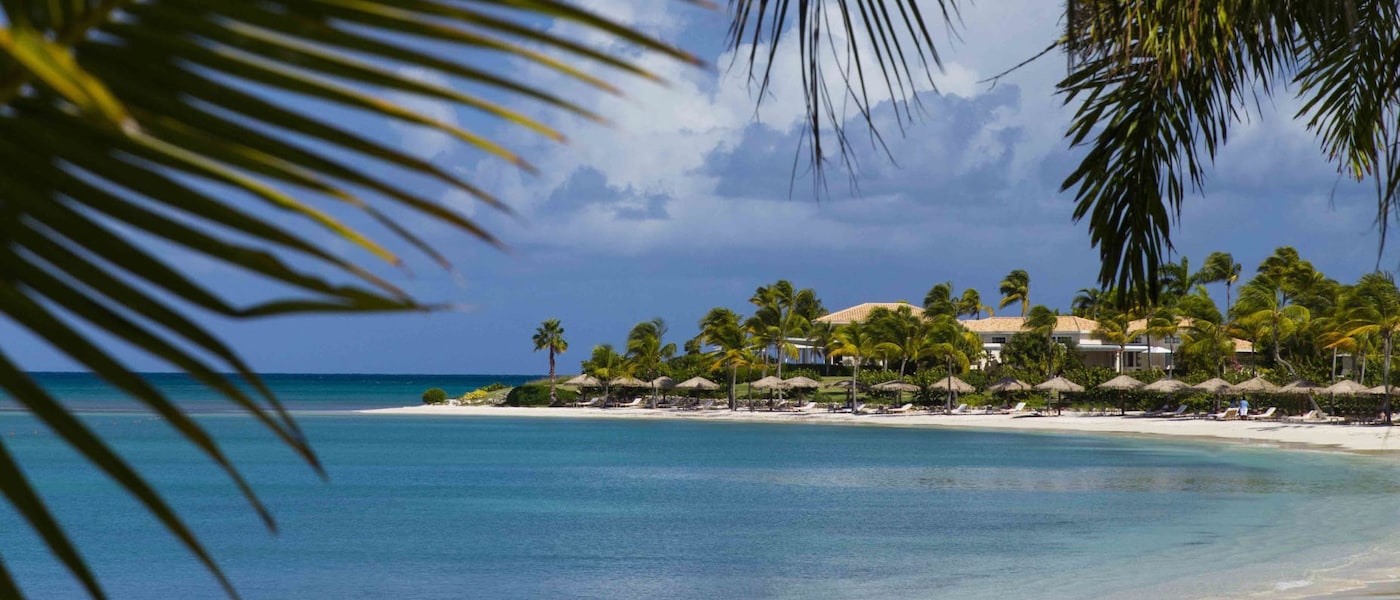As the name might suggest, the Custom House began life as the department for Custom and Excise, but as the historic port of Dublin migrated towards the estuary of the River Liffey, the building became the civic centre for Environment, Community and Local Government.
Despite its neoclassical style, the Custom House is a significant emblem of Irish society, and has a number of features depicting the country’s culture. This includes the Irish coat of arms and figures depicting its numerous rivers. Its pediment – facing the Liffey – portrays Neptune forcing away famine and despair.
The building’s speckled history peaked in 1921, when the Custom House was burned down during the Irish War of Independence. While it was rebuilt, the evidence of its turbulent past is still visible today. The dome, which was completely destroyed by the fire, was reconstructed using limestone quarried in nearby Ardbraccan in County Meath and is a visibly darker colour.
Nevertheless, the Custom House remains a sight to behold. Tucked neatly between Butt Bridge and Talbot Memorial Bridge in the heart of Dublin, this Irish architectural treasure is best viewed from the southern banks of the Liffey.

